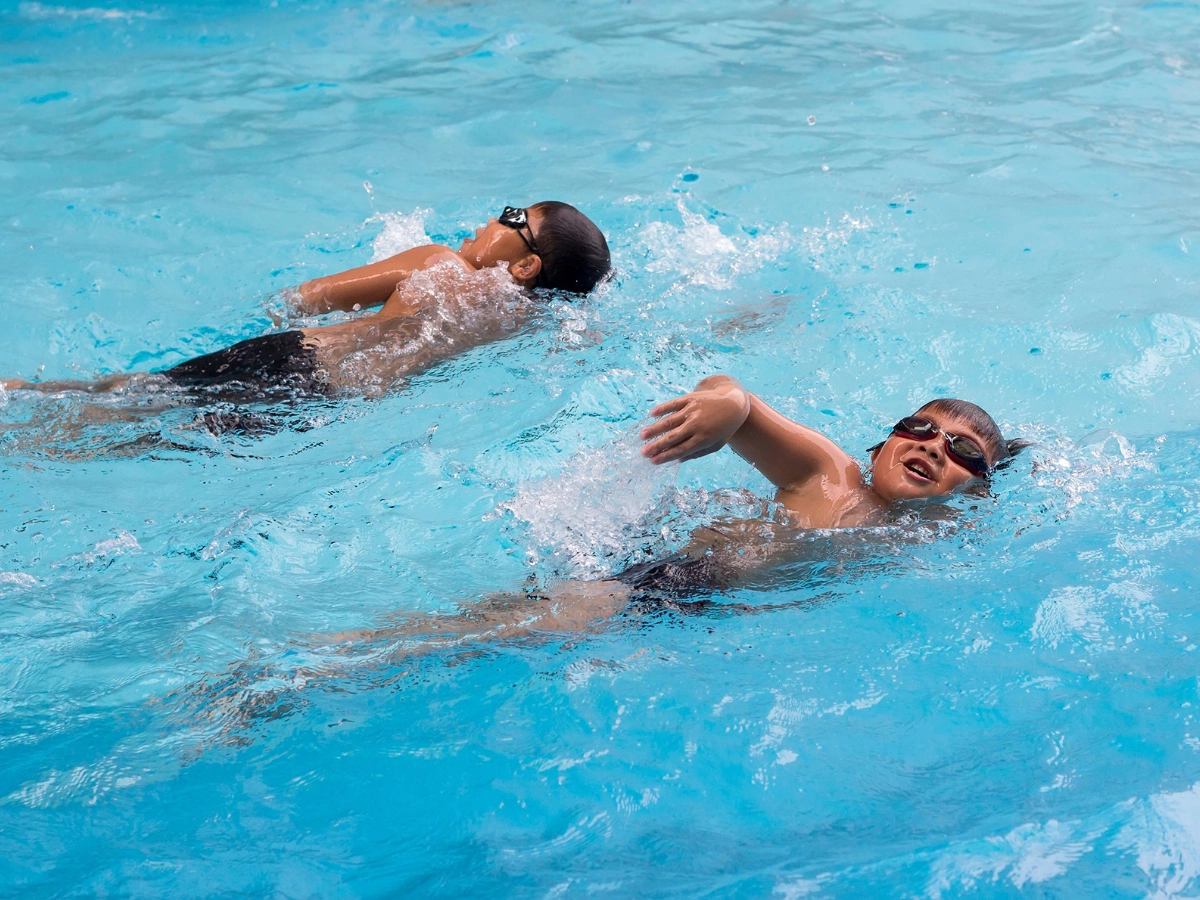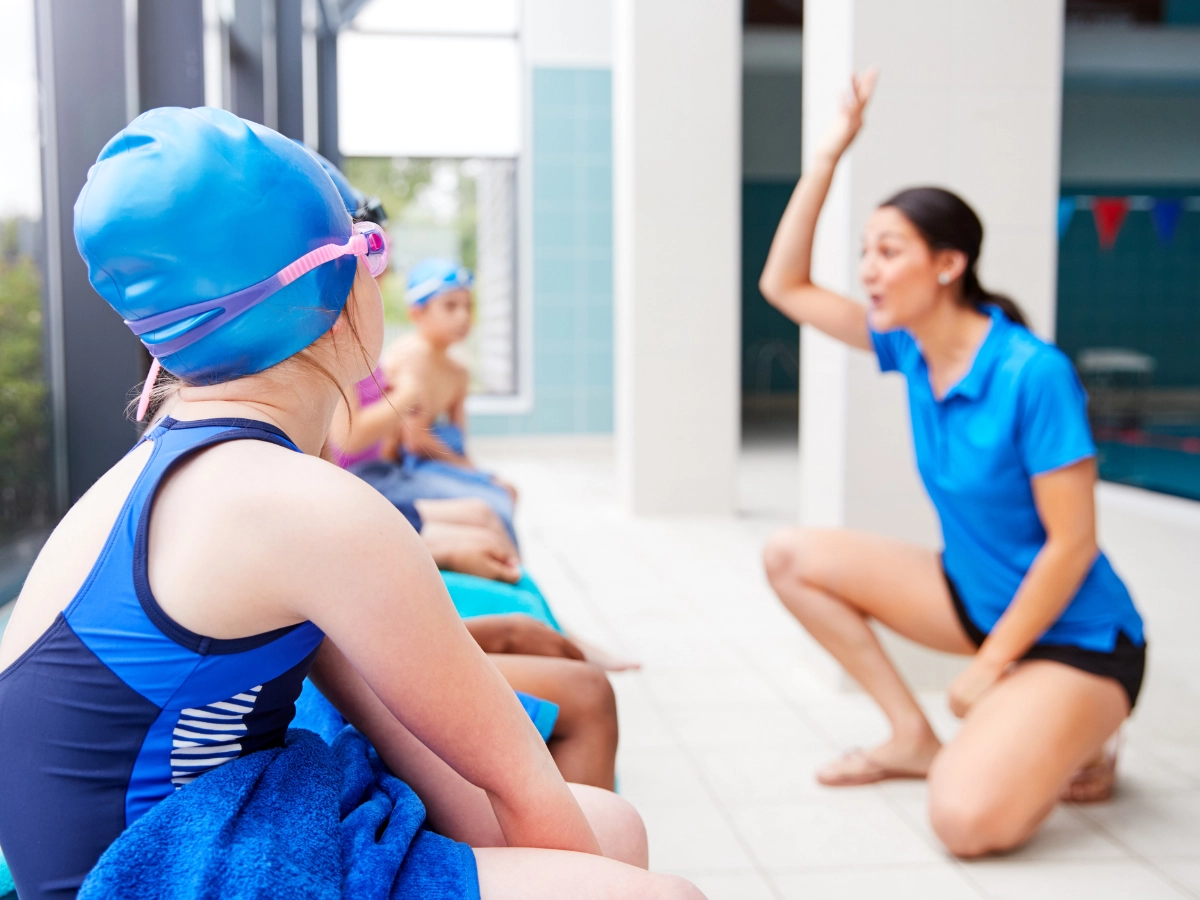It’s a fact that a Red Cross survey produced results showing that somewhere around 61% of the children in the US cannot swim. It’s also been revealed by a national research study by the USA Swimming Foundation and the University of Memphis that a non-swimming parent only sees that his child learns to swim 13% of the time. In the face of these statistics, surveys also show that 94% of parents expect their children to participate in some sort of water activity during the summer months.
Even among the 80% of adults who claim they can swim, 44% also admit that they would fail a basic swimming test*. This begs the question of why they even claim they can swim.
These and other facts are the driving force behind recent Red Cross campaigns with such goals as reducing the US drowning rate by 50%.
Non-swimming parents are often sensitive about this topic. It brings feelings to the surface for them such as intense fear, embarrassment and helplessness.
The saddest thing about parents who cannot swim is that these parents couldn’t save their child from drowning if the situation presented itself. Standing by a pool with that type of helplessness would be the most devastating feeling a parent could have.
Despite these feelings, this situation can be changed! It’s actually quite easy for adults/parents to learn to swim and change the feelings that are invoked by this topic to change their feelings to confidence, ease and effectiveness.
Parents often face fears to ensure their child’s safety. This situation is no different. A non-swimming parent may have to face the fear of learning to swim so that they can possess the power to save their child’s life.
Because most drownings among children take place in their own backyard pool. If parents own a home with a pool and don’t know how to swim, they’re putting their children as well as any others who enjoy their pool at risk. It’s critical that both of these parents take control of their fears and learn to swim.
*The Red Cross’s basic swim test consists of the ability to do five skills:
- Floating or treading water for 1 minute.
- Jumping into deep water and coming up for air.
- Spinning around in the water and then finding a way out.
- Getting out of a pool without a ladder.
- Swimming one pool length without stopping.
Resources: Red Cross, USASwimming.org, The Today Show, Sunsational Swim School














